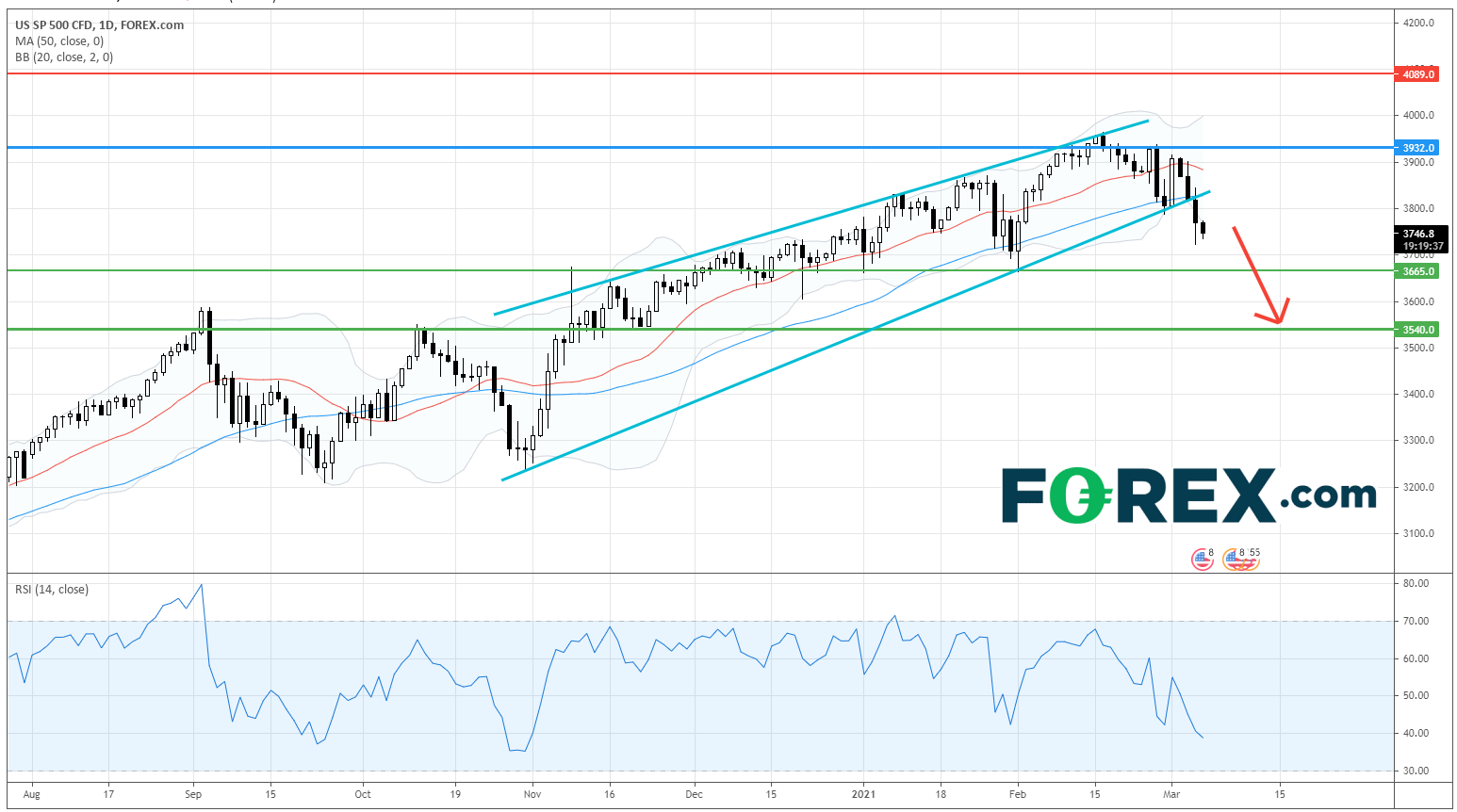
Is Trading Difficult? A Practical Guide to Navigating Modern Markets
Introduction Is trading difficult? The headline is intimidating, but the day-to-day reality is more approachable than it feels. Modern platforms bundle real-time quotes, cross-asset access (forex, stocks, crypto, indices, options, commodities), and risk controls into a single stream. You can start with a demo account, learn by example, and gradually layer in leverage, smart contracts, and AI-assisted signals—without pretending you’re about to write a PhD thesis every morning.
A clear-eyed view: is trading difficult? The short answer: it can be if you chase speed and hype. The longer truth: with clear rules, practice, and the right toolbox, trading becomes a disciplined workflow. The market offers patterns you can learn—price action, liquidity shifts, reaction to headlines—yet outcomes still hinge on risk management and process. Treat it like a skill you develop through small, consistent steps rather than a one-time gamble.
A world of assets, a toolkit that travels well Today you don’t have to pick one lane. You can hedge a USD/JPY exposure while taking a tech stock position and a crypto tilt, all from the same account. The benefits shine when portfolios mix forex, stocks, crypto, indices, options, and commodities. Multi-asset access means hedging strategies matter more than wild bets: use currency pairs to balance risk, use stock indices to ride macro tides, and use options to define payoff profiles. Charting, alert systems, and backtesting let you see a plan before you risk real capital.
Tools that make it manageable A practical trader relies on reliable data streams, robust risk settings, and secure execution. Real-time quotes, customizable charts, and indicators (moving averages, momentum, volume) turn noise into context. Pair this with two-factor authentication, hardware wallets for crypto, and clear stop-loss orders to keep losses predictable. The security layer isn’t glamorous, but it’s the backbone that lets you trade with confidence.
Leverage with care: risk management and strategy Leverage can amplify both gains and losses. A disciplined rule—risk about 1–2% of capital per trade, use stop orders, and avoid overconcentration—keeps surprises manageable. Position sizing matters more than the leverage number you see in flashy ads. Diversification across assets and time horizons works as a hedge against sudden volatility. For crypto, especially, tighten risk controls and avoid relying on hot tips—let a tested framework guide each decision.
DeFi today: promise and pitfalls Decentralized finance presents a permissionless edge: swap tokens, lend, borrow, or trade via smart contracts without a central middleman. Composability and programmable risk controls are powerful, but the landscape carries audit risk, front-running, liquidity gaps, and higher transaction costs during congestion. Use audited protocols, diversify across venues, and keep funds in secure wallets. Layer-2 scaling and insurance mechanisms are evolving to address these gaps.
A real-world moment A trader I know started with a small FX position, added a diversified options plan, and kept a crypto sleeve capped by a stop. By pairing automated alerts with a periodic review, they avoided panic selling during a crypto flash crash and rebalanced into equities when volatility cooled. The routine wasn’t glamorous, but it was effective: steady process beat frantic guessing.
Future trends: smart contracts and AI on the rise Smart contracts are moving beyond novelty—auto-executing hedges, programmable risk limits, and cross-asset strategies are becoming routine. AI-driven signals and decision aids help filter noise, optimize timing, and refine risk assessment. Decentralized finance will push these ideas further, though the pace depends on scalability, security, and clear regulatory guardrails.
Is trading difficult? Not with the right mindset and gear A practical rule: build a repeatable process, test it in a safe environment, and tighten it as you learn. Focus on reliability, security, and clarity of purpose—then let technology do the heavy lifting. Is trading difficult? It’s more like a craft you cultivate—steady practice, smart tools, and disciplined risk control turn complexity into manageable routine. If you’re eyeing the future, the slogan fits: Is trading difficult? Not when you’re equipped, educated, and patient.




